The first edition of SIEW TechTable kicked off with promising insights from panellists on two major clean energy resources – hydrogen and nuclear. Digitalisation, geothermal energy, and the role of emerging low carbon technologies were also discussed. But given the uptick in interest for hydrogen as a potential replacement for fossil fuels, and Japan's return to nuclear energy to help ease supply issues, these were two topics that drew the most attention.
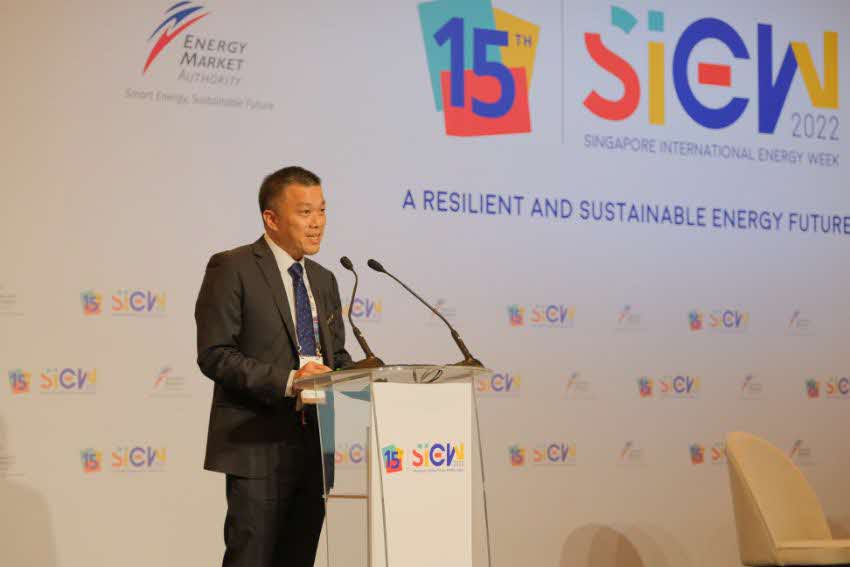
Launching the sessions was Ralph Foong, Deputy Chief Executive, Energy Market Authority (EMA), who in his Opening Remarks said that “current technologies alone cannot get us where we need to be in terms of our energy demands”. Consequently, to further Singapore’s National Hydrogen Strategy, he shared that an additional S$129 million will be set aside for phase 2 of the Low-Carbon Energy Research (LCER) Funding Initiative (FI) to support R&D projects in emerging low carbon technologies. Noting that there is a need for collective concrete plans to attain net zero goals, he highlighted that the city-state has signed Memorandums of Understanding with Australia and Cambodia.
On hydrogen
During the panel discussions moderated by Jennifer Tay, Partner, Capital Projects and Infrastructure, PwC Singapore and Ong Tze Haung, Director, Sustainability and Climate Change, PwC Singapore, speakers shared their insights on the potential for hydrogen to replace fossil fuels.
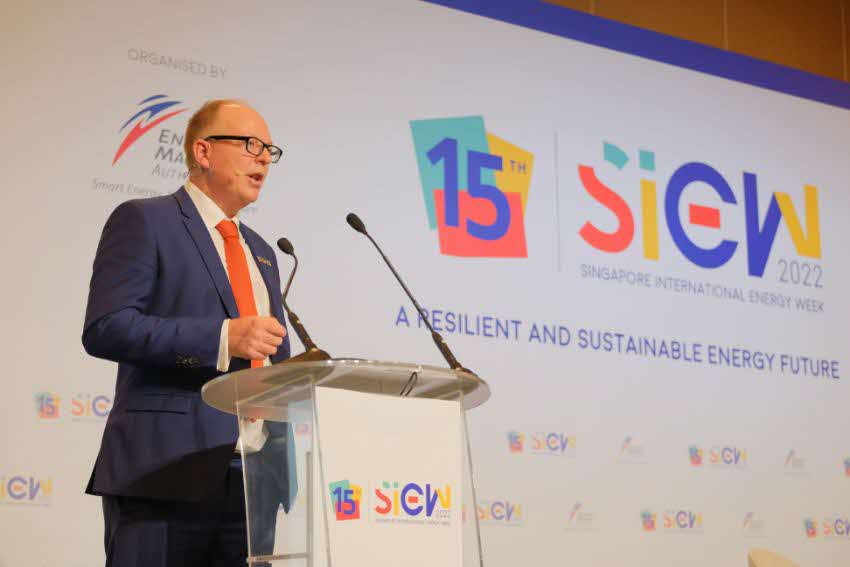
Professor Chris Fogwill, Pro Vice Chancellor, Cranfield University, spoke about The Hydrogen Development and Knowledge Exchange (HyDEX) programme. He explained that its aim is to develop an ecosystem that can inform policy on safety, bridge the skills gap, and enable the integration and supply chains at all levels. Mentioning that the HyDEX network has the potential to underpin a new hydrogen economy, he shared the exploration of hydrogen as a sustainable aviation fuel to achieve ‘Jet-Zero’.
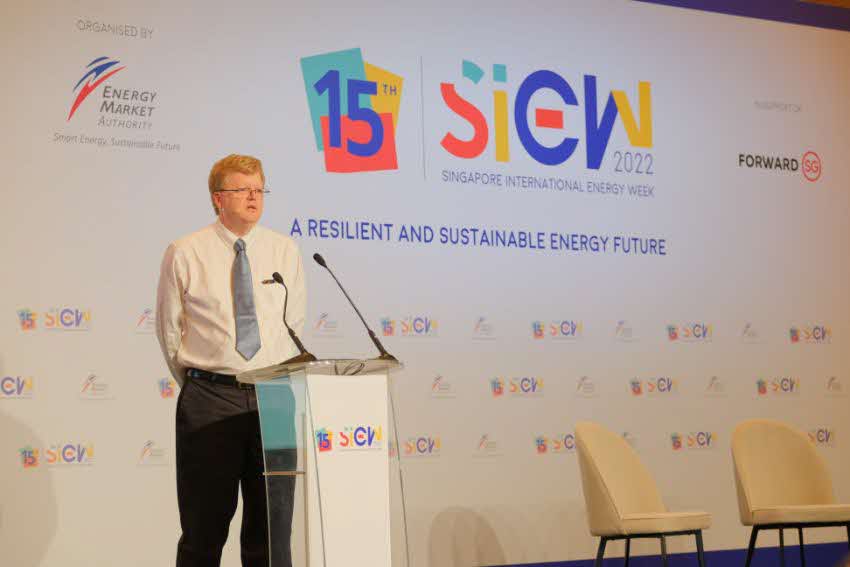
Aside, Sydrogen’s Chief Technology Officer Peter David DeVries shared his insights on using deep tech to develop fuel cell products and solutions. This will enable cleaner, hydrogen-based energy sources to help accelerate the energy transition. He further elaborated on the advantages of using fuel cells over traditional batteries. Namely, these would be durability, cost and integration. He also cited that Singapore’s natural gas grid has 65% of hydrogen piped in, which can be used to power fuel cells.
On nuclear
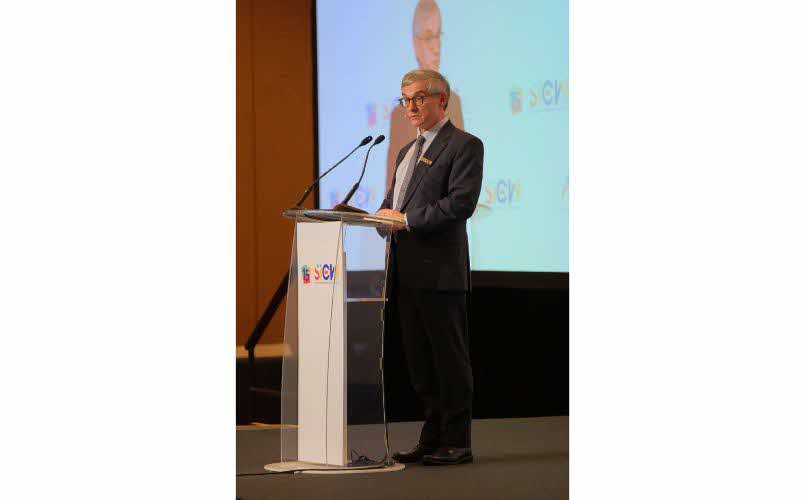
Bernard Salha, CTO & Senior EVP of R&D, EDF Group, amplified the need to develop nuclear energy in conjunction with renewables, while also highlighting that nuclear bypasses the intermittency constraints associated with the latter.
He further elaborated on the capabilities of Small Modular Reactors (SMRs), mentioning that these will be available in this decade and can provide stable, safe and long-term emissions-free energy.
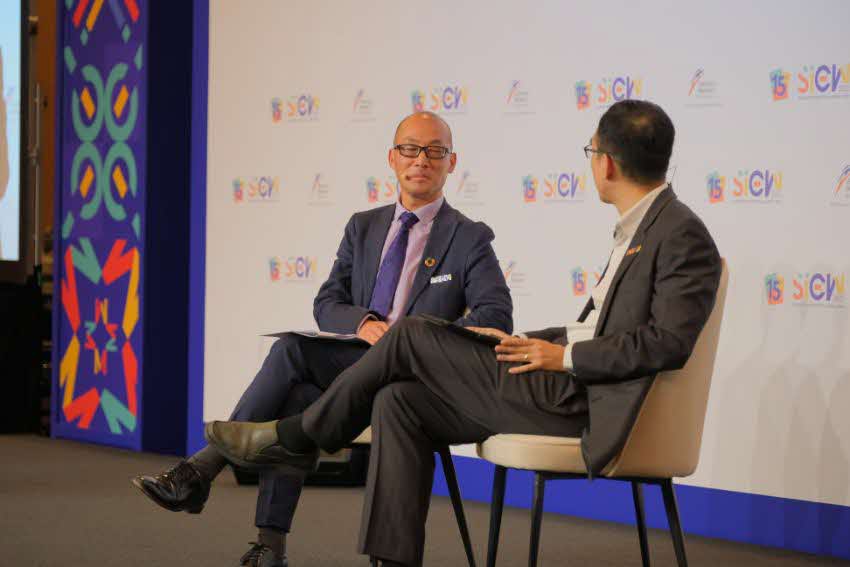
King Lee, Director of Harmony Programme, World Nuclear Association (WNA), emphasised that clean and affordable nuclear energy can play a vital role in reducing greenhouse gas emissions, thus helping to meet the Paris Agreement goals. Nuclear science and technology can support countries to reach the 17 UN Sustainable Development Goals set out to eradicate poverty, advance health and education and facilitate industrial development.
On geothermal
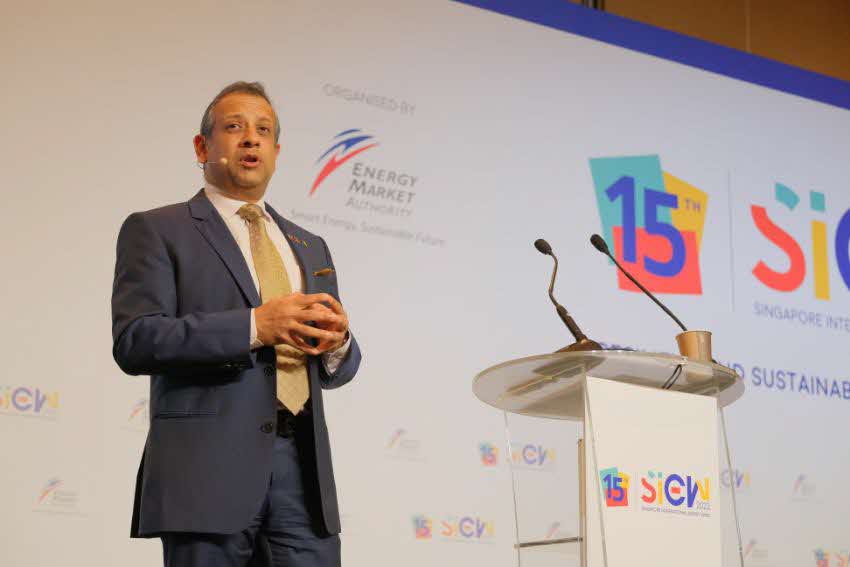
Apart from nuclear and hydrogen, the sessions also featured discussions on geothermal and unlocking its potential for decarbonisation efforts. Sharing his insights, Srimonto Ghosh, General Manager, Emerging, Chevron New Energies, said: “We believe that the future of energy is lower carbon and geothermal can be a part of that energy system and solution.”
He outlined the measures the company is taking to advance its growth. This includes investing US$2 billion in carbon reduction projects and US$5 billion in low carbon projects. He also highlighted the considerable advantages of geothermal over other variable renewables. This includes providing around-the-clock clean energy, flexibility, versatility in terms of the range of applications, and a small surface footprint in comparison to solar and wind.
On emerging low carbon technologies
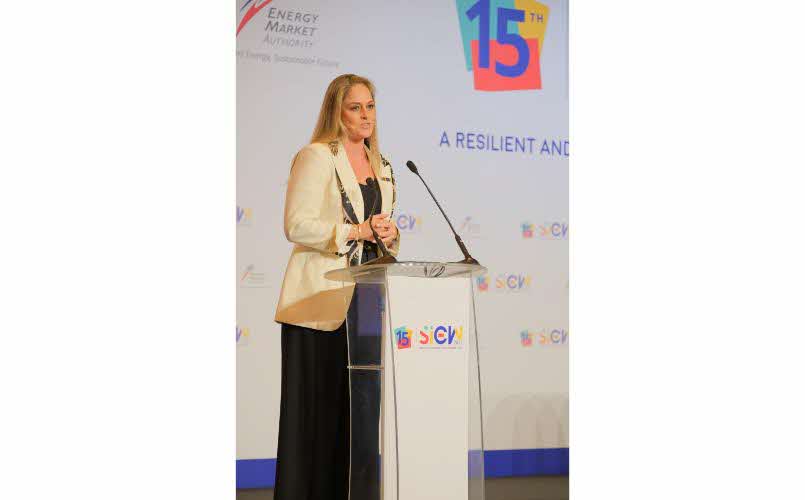
During the discussion on emerging technologies, Amanda Peterson Corio, Global Head of Data Center Energy, Google, shared that the tech giant has been carbon-neutral since 2007 through high-quality carbon offsets. She reiterated Google’s commitment to the climate by highlighting the company’s ambitious goal of achieving net zero emissions and utilising 24/7 carbon-free energy by 2030. This will be implemented via a three-pronged approach of purchase, policy, and technology.
She also highlighted Google’s use of Machine Learning and Artificial Intelligence technologies to optimise the grid and identify untapped geothermal potential and carbon sequestration resources.
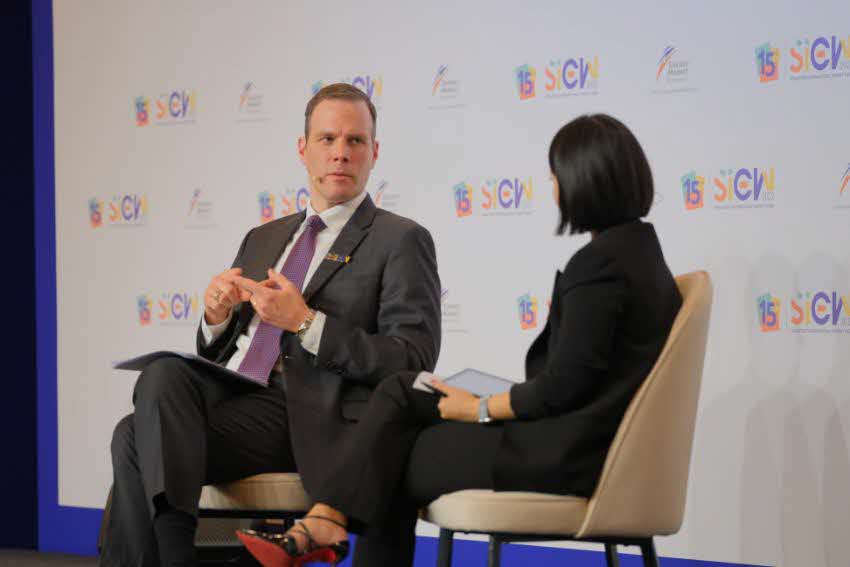
Justin Oettmeier, Director of Business Development, Asia Pacific, Low Carbon Solutions, ExxonMobil, weighed in on the application of Carbon Capture, Utilisation and Storage (CCUS) and Carbon Capture and Sequestration (CCS) technology in achieving net zero. Underscoring the role of CCS technology, he predicted a hundred-fold increase in its capacity to enable the energy transition. He also mentioned that ExxonMobil is exploring R&D to reduce the cost, complexity, and footprint of CCS to enable widespread development.
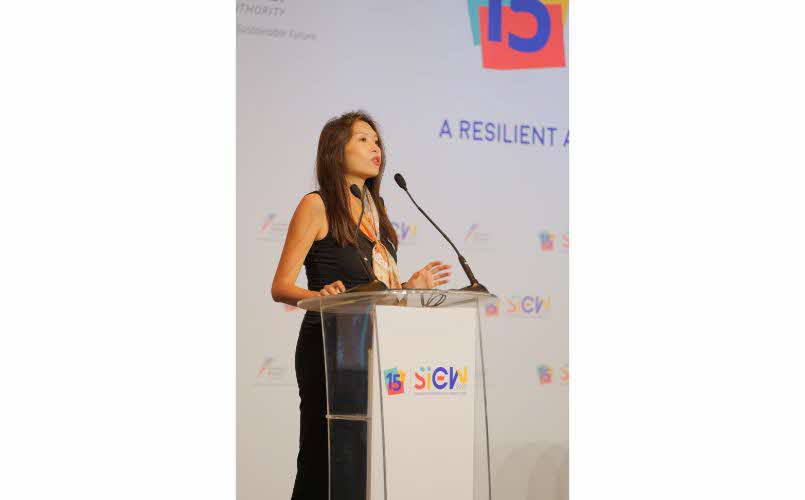
On the same subject, Genevieve Ding, Head of Sustainability Policy, Asia-Pacific and Japan, Amazon Web Services (AWS), remarked on Amazon’s commitment to reach net zero by 2040 — 10 years earlier than the Paris Agreement. She also shared that the multinational is the largest global corporate buyer of renewable energy and is aiming to be 100% powered by renewable energy across its operations by 2025.
Highlighting the role of cloud technology, she remarked that it can accelerate decarbonisation through mitigating a more efficient infrastructure and leveraging tech and data for sustainability. She concurred that the twin transformations of digitalisation and decarbonisation are not mutually exclusive, but can in fact be mutually beneficial.
Follow us on Twitter (@SIEW_sg) to get the latest #SIEW2022 updates throughout the day!